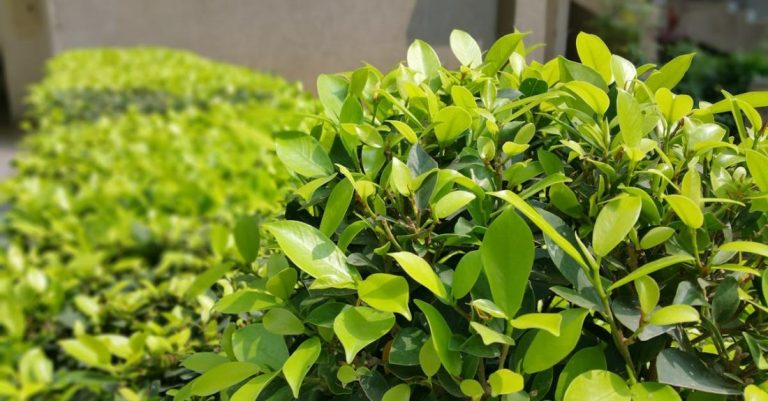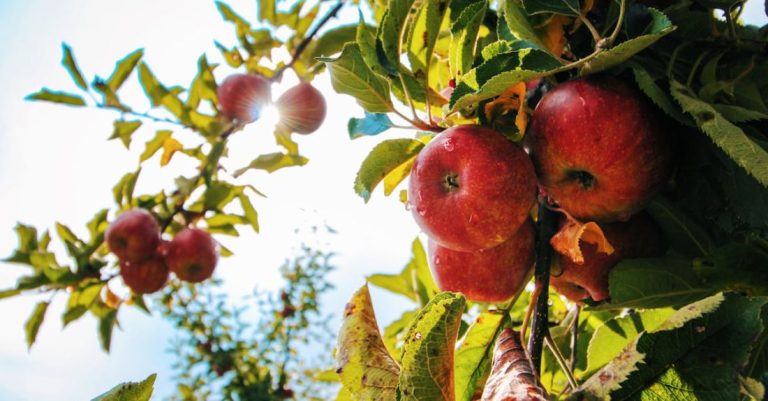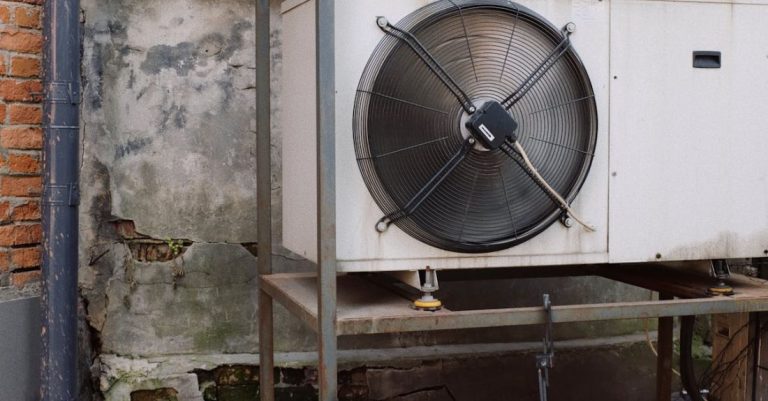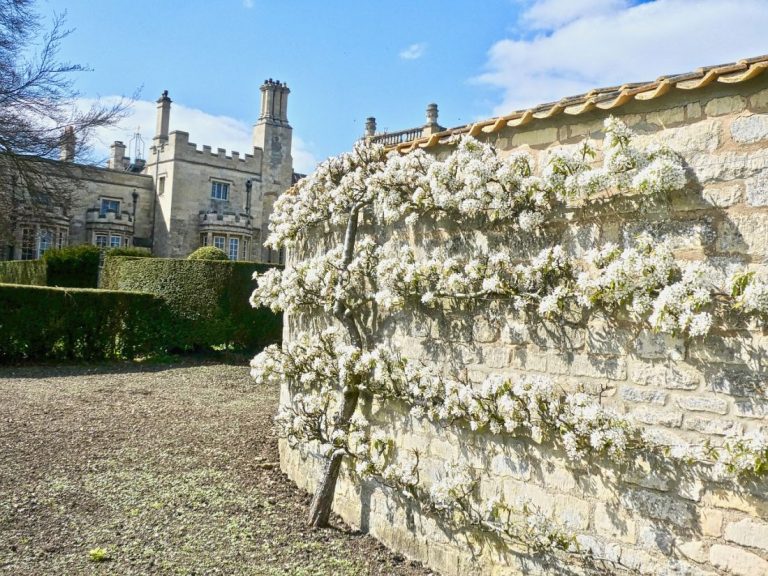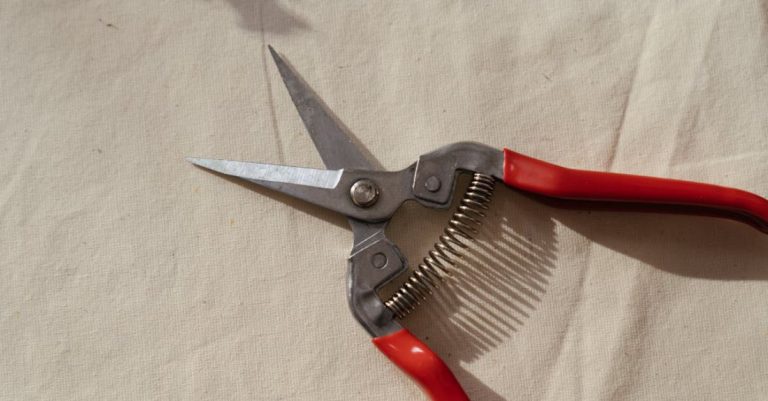
Climbing plants can add a touch of natural beauty to any garden or outdoor space, but in order to keep them healthy and thriving, it’s important to prune them regularly. Pruning climbing plants not only helps to control their growth but also encourages better flowering and overall plant health. With the right techniques, you can ensure your climbing plants look their best and continue to flourish year after year.
Understanding the Importance of Pruning
Pruning is an essential part of caring for climbing plants as it helps to promote new growth, improve air circulation, and prevent disease. By removing dead or diseased branches, you can prevent the spread of infections and ensure that your plants remain healthy. Pruning also helps to shape the plant and control its size, which is especially important for climbing plants that can quickly become unruly if left unchecked.
Timing Is Key
Knowing when to prune your climbing plants is crucial to their overall health and growth. In general, the best time to prune most climbing plants is in late winter or early spring before new growth begins. This allows the plant to recover and put its energy into producing new shoots and flowers once the growing season starts. However, some climbing plants may require different pruning times, so it’s important to research the specific needs of each plant in your garden.
Tools of the Trade
Having the right tools for the job is essential when it comes to pruning climbing plants. A sharp pair of pruning shears is a must-have for cutting through branches cleanly and efficiently. For thicker branches, a pair of loppers may be necessary, while a pruning saw can be useful for larger pruning jobs. It’s also a good idea to have a pair of gloves to protect your hands from thorns and rough plant surfaces.
Pruning Techniques for Climbing Plants
When pruning climbing plants, it’s important to follow some basic techniques to ensure that you don’t damage the plant and that it continues to grow healthily. Here are some key pruning techniques to keep in mind:
– Remove dead or diseased branches: Start by cutting away any dead or diseased branches to prevent the spread of infection and encourage new growth.
– Cut back overgrown branches: If your climbing plant has become too large or unruly, you can cut back some of the older branches to promote new growth and maintain a more compact shape.
– Thin out crowded areas: Remove any branches that are crossing or rubbing against each other to improve air circulation and prevent disease.
– Prune after flowering: For flowering climbing plants, it’s best to prune them after they have finished blooming to encourage new growth and ensure a healthy plant.
Common Mistakes to Avoid
While pruning climbing plants is relatively straightforward, there are some common mistakes that you should avoid to ensure the health and vitality of your plants. One of the most common mistakes is over-pruning, which can weaken the plant and inhibit its growth. It’s also important not to prune too late in the season, as this can remove flower buds and impact the plant’s ability to bloom.
Keeping Your Climbing Plants Healthy
In addition to regular pruning, there are some other steps you can take to keep your climbing plants healthy and thriving. Make sure to provide adequate water and sunlight, as well as a suitable support structure for the plant to climb on. Fertilizing your climbing plants with a balanced fertilizer can also help to promote growth and flowering.
In conclusion, pruning climbing plants is an essential part of their care and maintenance. By understanding the importance of pruning, using the right tools, and following proper techniques, you can ensure that your climbing plants remain healthy and beautiful year after year. Remember to prune at the right time, avoid common mistakes, and provide your plants with the care they need to flourish. With a little effort and attention, your climbing plants will reward you with stunning growth and vibrant blooms.
